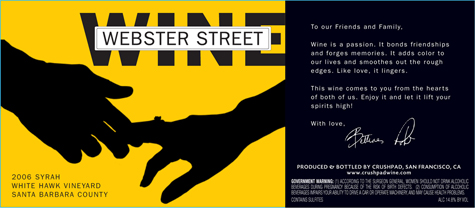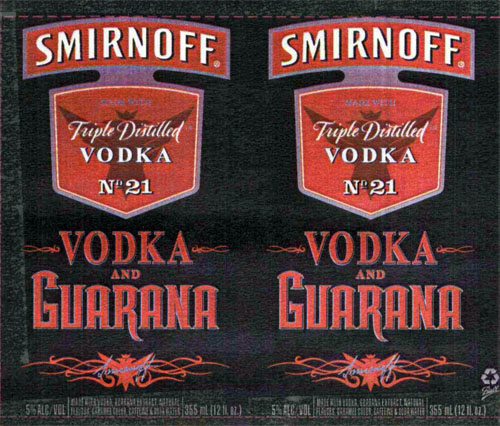It is likely that all beer, wine and spirits labels will change dramatically in the near future. TTB has been working on new rules since CSPI and other groups submitted a petition in 2003. The new rules would require a “Serving Facts” panel on every container. This panel would include a lot more information, such as the typical serving size, number of servings per container, calories, carbohydrates, protein and fat. Because this is a big, controversial change, TTB has received more than 18,000 public comments during the past few years. There are far too many comments for most people to review, and so we will highlight and summarize the most noteworthy comments here. The most recent proposal and comments are here. This is comment 16 in a series; to see others, click on the “serving facts” tag below. The Small Business Administration’s 2-page comment said:
- information from WineAmerica indicates that the proposal would have a significant economic impact on a substantial number of small wineries, so the proposal can not be properly certified under the Regulatory Flexibility Act.
- TTB estimated that lab analysis would cost about $250 per product, but the comment suggests it would be closer to $750 per product.
- This suggest a 3.4% revenue impact for a very small winery (with $500,000 in revenue, about...






